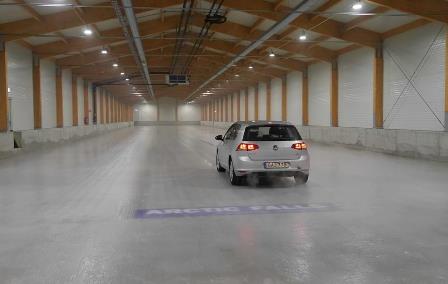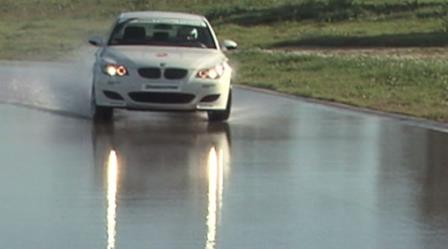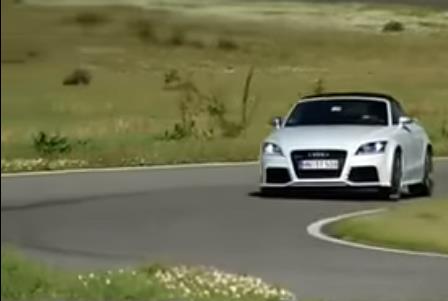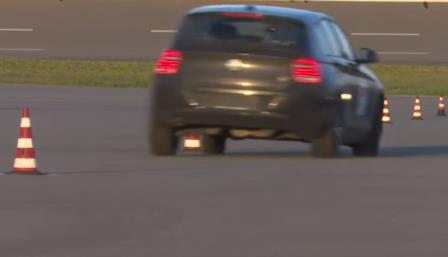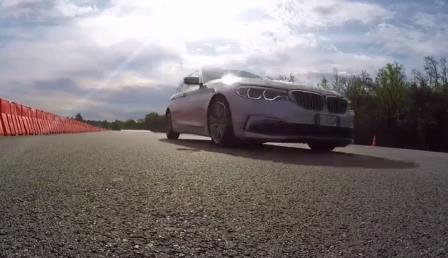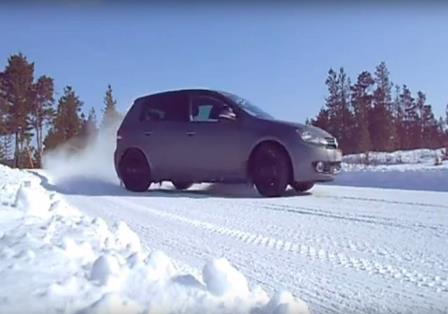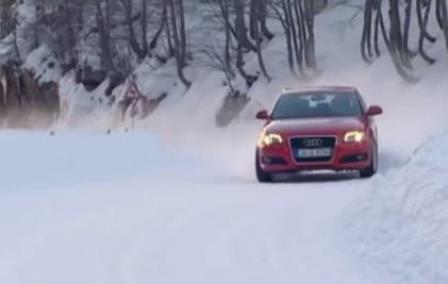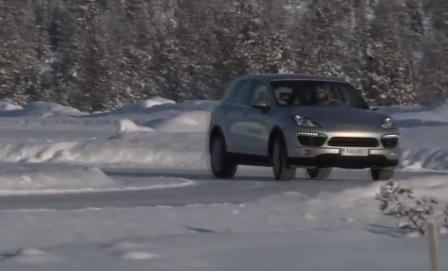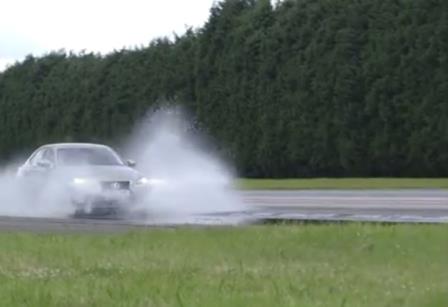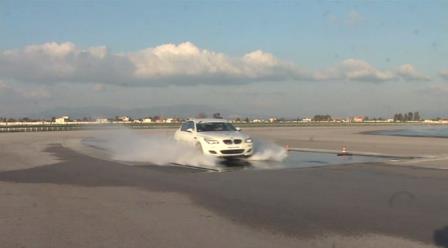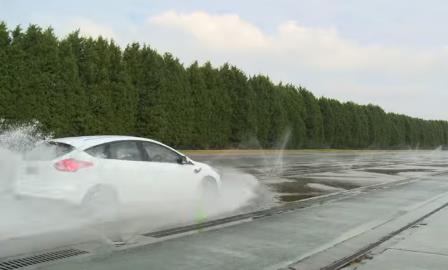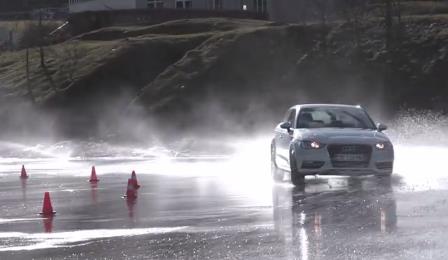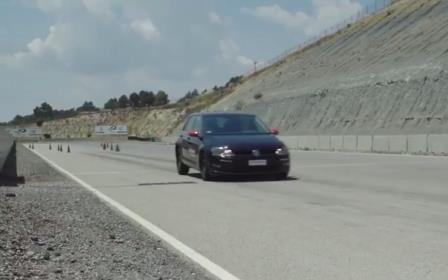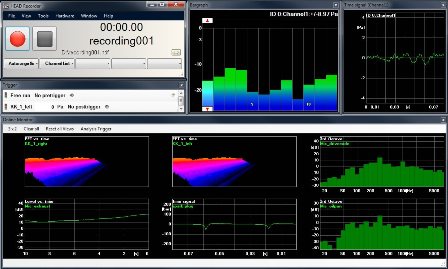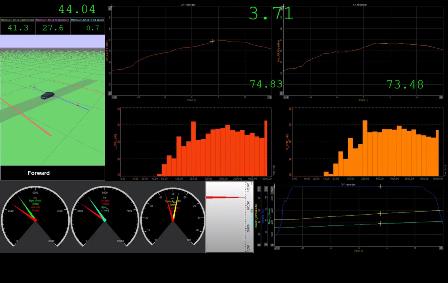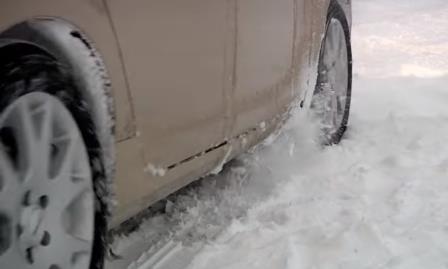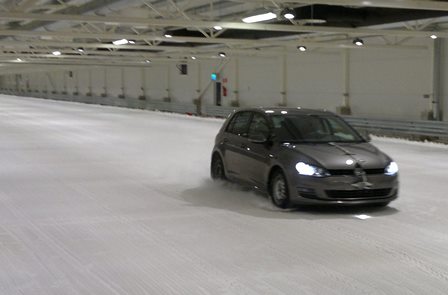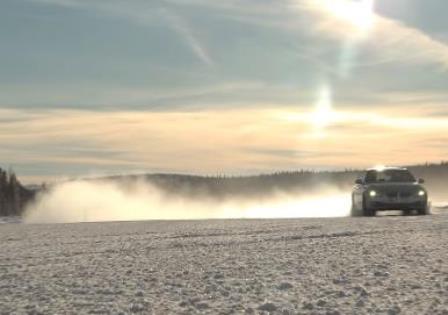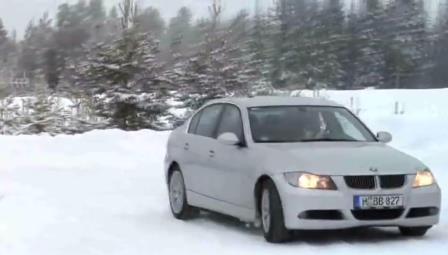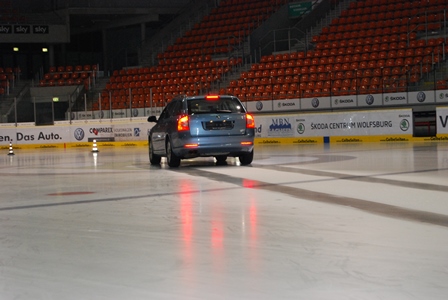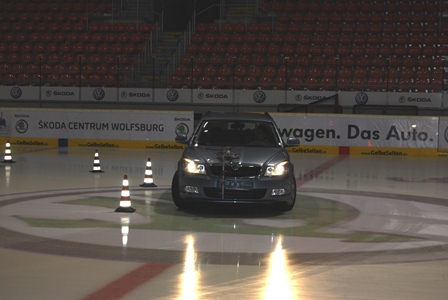The test is performed on polished outdoor or indoor ice pavements, making the test vehicle accelerate from standstill to 20 km/h with TCS activated. Speed and time are measured by a GPS-based device or equivalent optical sensor equipped with optional accessories like an accelerator pedal position, accelerometers or wheel speed sensors. The traction time and the acceleration are plot every 2 km/h in order to clearly identify the different design contributions to the traction overall performance. It is also calculated the time and acceleration between 5 and 20 km/h in order to fit with the most common traction metrics excluding the influence of the engine torque transient time and the gear change. A deep data analysis to recognize the TCS logic impact and its matching with the tires characteristic is also possible. A track conditioning with out of test tires is mandatorily required before starting the test. The test starts with the control tire set to be re-tested at the end of the session in order to keep into consideration possible changes of the test conditions. Up to 7 runs are measured for each tire set and the average acceleration time is considered for the overall result (expressed in %).
